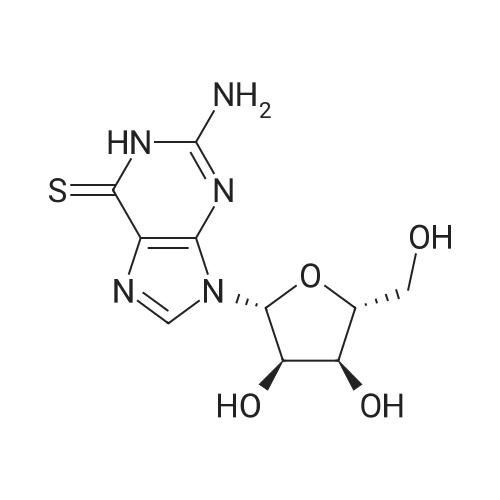Mapping of RNA-binding sites in proteins
???
;
Seoul National University,2024.
More
Abstract: RNA-binding proteins (RBPs) interact with RNA to affect every step of RNA metabolism. RNA binding sites (RBSs) constitute the molecular basis of RNA-protein interaction. The RBSs can be identified by liquid chromatography and tandem mass spectrometry (LC-MS/MS) analyses of the protein-RNA conjugates created by UVC-crosslinking. However, RBS mapping remains highly challenging due to the complexity of the RNA adducts generated by UVC-crosslinking.
To address the limitation, here I developed RBS-ID, a method that uses hydrofluoride (HF) to fully cleave RNA into mono-nucleosides, thereby drastically enhancing the coverage and reaching single amino acid resolution. Moreover, the simple mono-nucleoside adducts offer a confident and quantitative measure of direct RNA-protein interaction. Using RBS-ID, I profiled ~2,000 human RBSs to discover novel RNA-binding residues. I analyzed the protein-, domain-, and amino acid-level characteristics of the identified RBSs. Also, I discussed potential roles of RBS post-translational modification (PTM) in modulation of RNA binding activity. In addition, I applied RBS-ID to in-depth discover RBSs in Streptococcus pyogenes Cas9(spCas9) complexed with its single guide RNA (sgRNA). The proximity of 84 identified RBSs to the RNA-binding interface was structurally verified. Among the RBSs, I found two residues functionally important for the gene editing activity of spCas9.
Next, I expanded the methodology of RBS-ID to further develop an updated version called pRBS-ID. Here, RBSs are more comprehensively profiled using photoactivatable ribonucleosides (PARs). UVA-crosslinking allowed specific capture of the U or G-interacting RBSs in human RBPs, respectively. This enabled the comparison of base-specific features underlying RNA-protein interaction. Also, the interrogation of ribonucleoprotein (RNP) structural data allowed me to distinguish globular and disordered regions in proteins that interact with RNA. I further developed and applied an upgraded search pipeline to analyze the datasets from UVC-based RBS-ID experiments, altogether offering a comprehensive list of human RBSs with high coverage (3,077 RBSs in 532 proteins in total).
Overall, RBS-ID and pRBS-ID are amenable platforms for investigating the dynamic RNA-protein interactions and the molecular basis of posttranscriptional gene regulation.
Keywords:
RNA-binding protein ;
RNA-binding site ;
Mass spectrometry ;
UVA/UVC ;
Crosslinking ;
Hydrofluoride ;
Photoactivatable ribonucleoside ;
RBS-ID/pRBS-ID ;
Ribonucleoprotein structure ;
disordered region
...More
Purchased from AmBeed:
85-31-4

Photoactivatable ribonucleosides mark base-specific RNA-binding sites
Bae, Jong Woo
;
Kim, Sangtae
;
Kim, V. Narry
, et al.
Nat. Commun.,2021,12(1):6026.
DOI:
10.1038/s41467-021-26317-5
PubMed ID:
34654832
More
Abstract: RNA-protein interaction can be captured by crosslinking and enrichment followed by tandem mass spectrometry, but it remains challenging to pinpoint RNA-binding sites (RBSs) or provide direct evidence for RNA-binding. To overcome these limitations, we here developed pRBS-ID, by incorporating the benefits of UVA-based photoactivatable ribonucleoside (PAR; 4-thiouridine and 6-thioguanosine) crosslinking and chem. RNA cleavage. pRBS-ID robustly detects peptides crosslinked to PAR adducts, offering direct RNA-binding evidence and identifying RBSs at single amino acid-resolution with base-specificity (U or G). Using pRBS-ID, we could profile uridine-contacting RBSs globally and discover guanosine-contacting RBSs, which allowed us to characterize the base-specific interactions. We also applied the search pipeline to analyze the datasets from UVC-based RBS-ID experiments, altogether offering a comprehensive list of human RBSs with high coverage (3,077 RBSs in 532 proteins in total). pRBS-ID is a widely applicable platform to investigate the mol. basis of posttranscriptional regulation.
Purchased from AmBeed:
85-31-4


 Chemistry
Chemistry
 Pharmaceutical Intermediates
Pharmaceutical Intermediates
 Inhibitors/Agonists
Inhibitors/Agonists
 Material Science
Material Science














 For Research Only
For Research Only
 120K+ Compounds
120K+ Compounds
 Competitive Price
Competitive Price
 1-2 Day Shipping
1-2 Day Shipping




